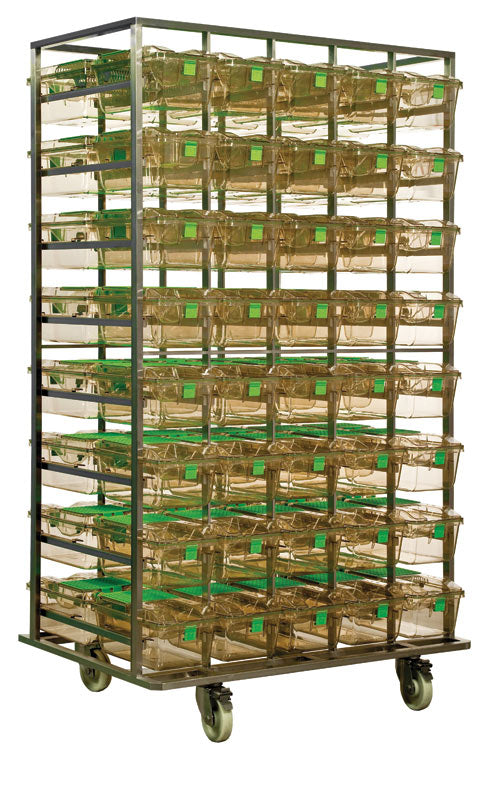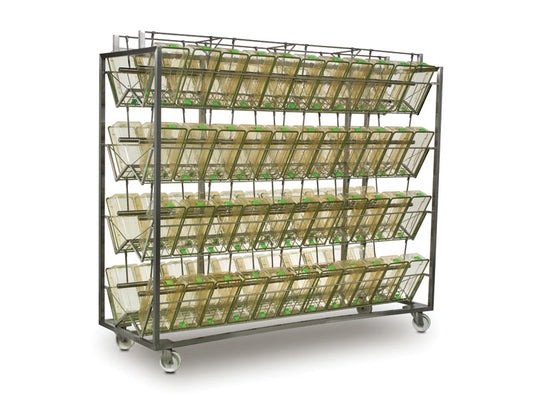Link to Publication: Wheel Running in Digital Ventilated Cages® Is Impaired in a Model of Cancer-induced Bone Pain
A research team from the University of Copenhagen — led by Chelsea Hopkins, Ida Buur Kanneworff, Birgitte Rahbek Kornum, and Anne-Marie Heegaard — has published an innovative study demonstrating how Tecniplast’s Digital Ventilated Cage (DVC®) system can help researchers better understand pain in a preclinical model of metastatic breast cancer. Their work, recently featured in In Vivo (Anticancer Research, 2025), explores how continuous behavioral monitoring using DVC® technology can provide new insights into cancer-induced bone pain (CIBP) while reducing stress and improving data quality.
Study Overview
The researchers developed a mouse model of breast cancer bone metastasis by inoculating 4T1-Luc2 tumor cells into the femur, replicating the painful effects of bone metastases seen in patients. The animals were housed in Tecniplast DVC® cages equipped with GYM500 running wheels, allowing the team to record both home-cage activity and voluntary wheel running continuously throughout the study.
The DVC® system uses an electromagnetic sensing board to monitor movement and wheel activity automatically — 24 hours a day, in the animals’ home environment — eliminating the need for researcher interference during the dark (active) phase. This setup ensures data collection is non-intrusive, welfare-friendly, and reflective of the animals’ natural behaviors.
Findings
The study revealed a clear link between disease progression and changes in spontaneous behavior:
-
Mice with bone cancer showed reduced limb use and weight-bearing on the affected side — both standard indicators of pain.
-
Their wheel-running distances declined significantly in parallel with these pain-like behaviors.
-
In contrast, overall home-cage activity levels remained stable, suggesting that voluntary wheel running was a more sensitive and specific marker of pain.
Tumor presence was confirmed via bioluminescent imaging, validating that behavioral changes were directly associated with cancer growth.
Scientific and Welfare Impact
This work highlights the translational potential of using DVC® systems to assess spontaneous pain behaviors in real time. By capturing continuous, natural movement patterns without external stress, the approach offers a refined alternative to conventional short-term tests like Von Frey or hot-plate assays.
Moreover, this method supports the 3Rs principles — Refinement and Reduction — by improving animal welfare while delivering higher-quality data. The study also sets a foundation for using DVC® wheel-running analysis to test new analgesic compounds in future pain and oncology research.
Conclusion
The University of Copenhagen team concluded that the Tecniplast DVC® system provides a powerful, non-invasive platform for monitoring spontaneous, pain-related behaviors in mice. The ability to measure natural activity continuously gives researchers a more clinically relevant understanding of chronic pain and its progression, paving the way for better preclinical models and improved treatment strategies.
By integrating automated behavioral analytics with cutting-edge cage technology, Tecniplast DVC® systems are helping scientists worldwide bring translational and ethical standards to the forefront of biomedical research.








